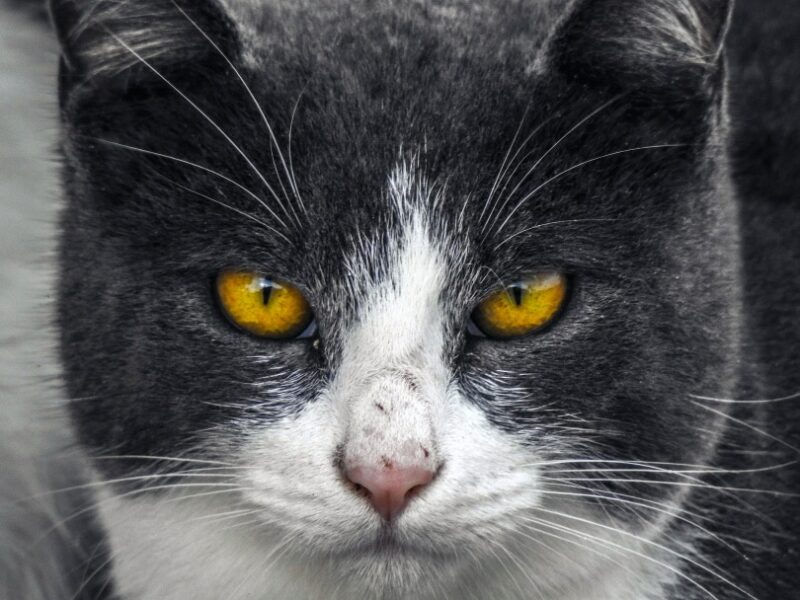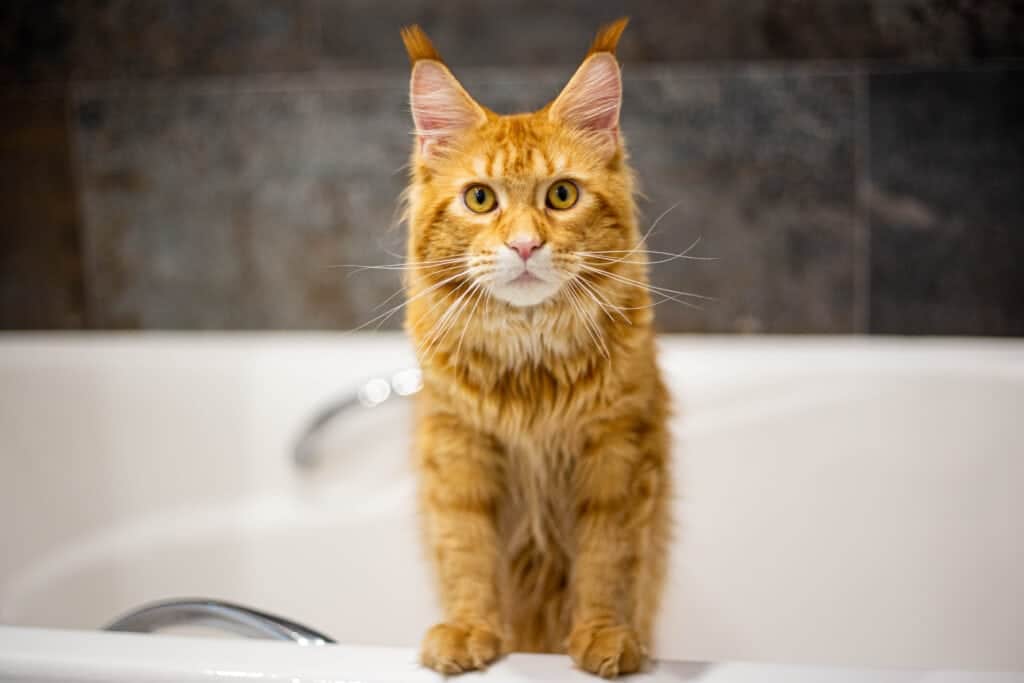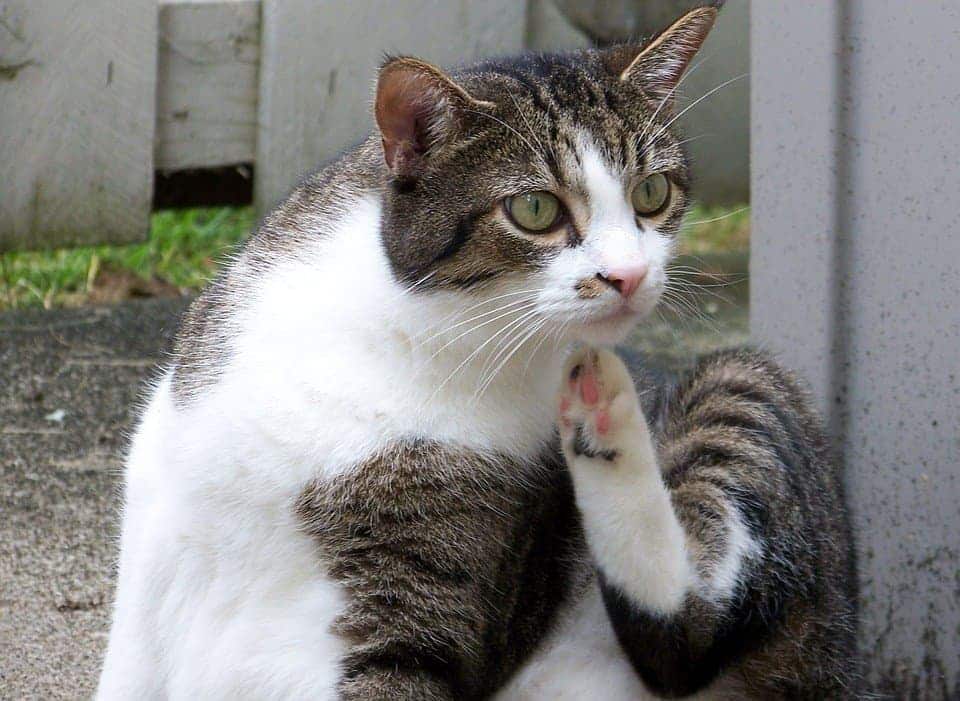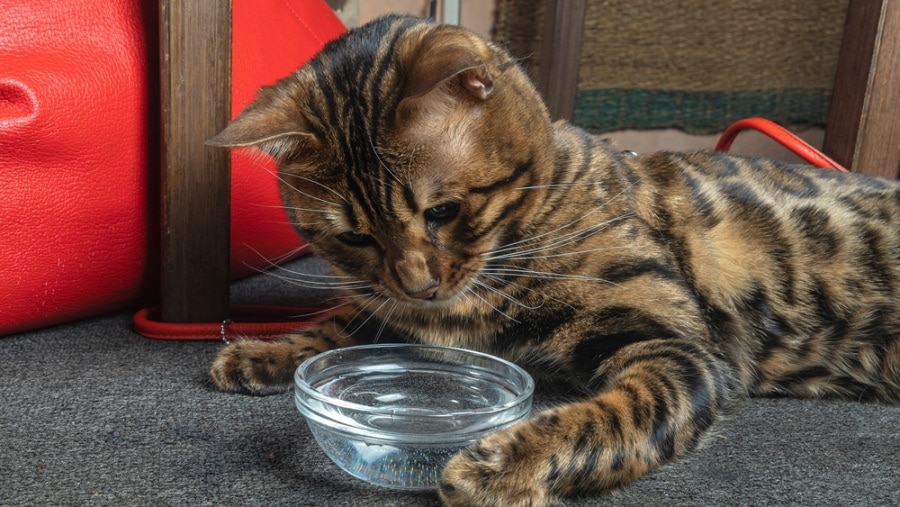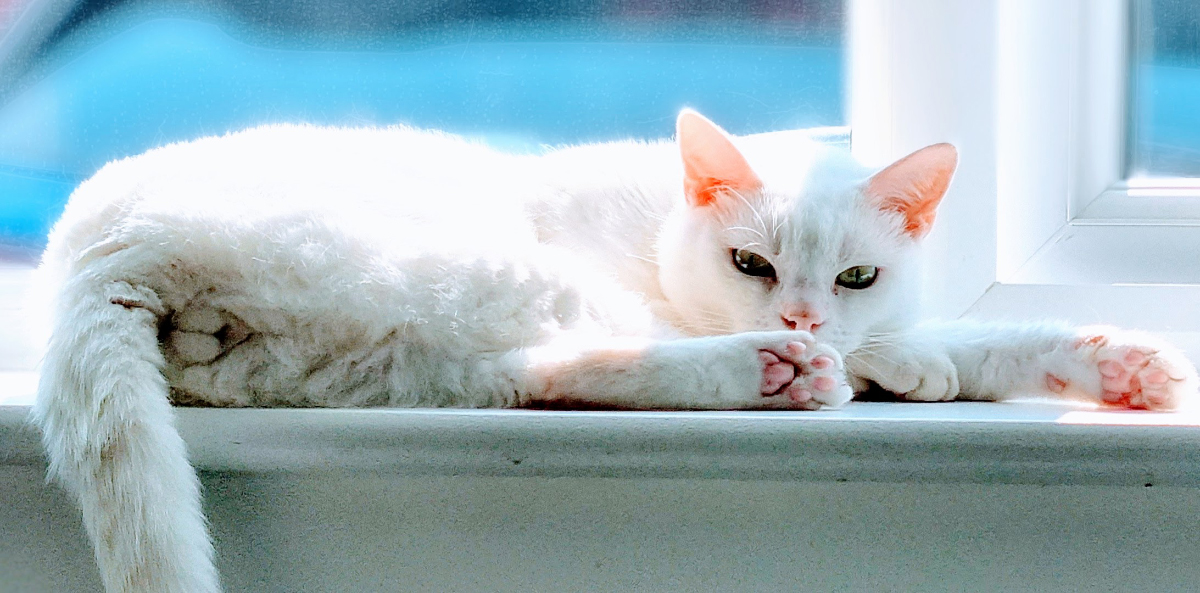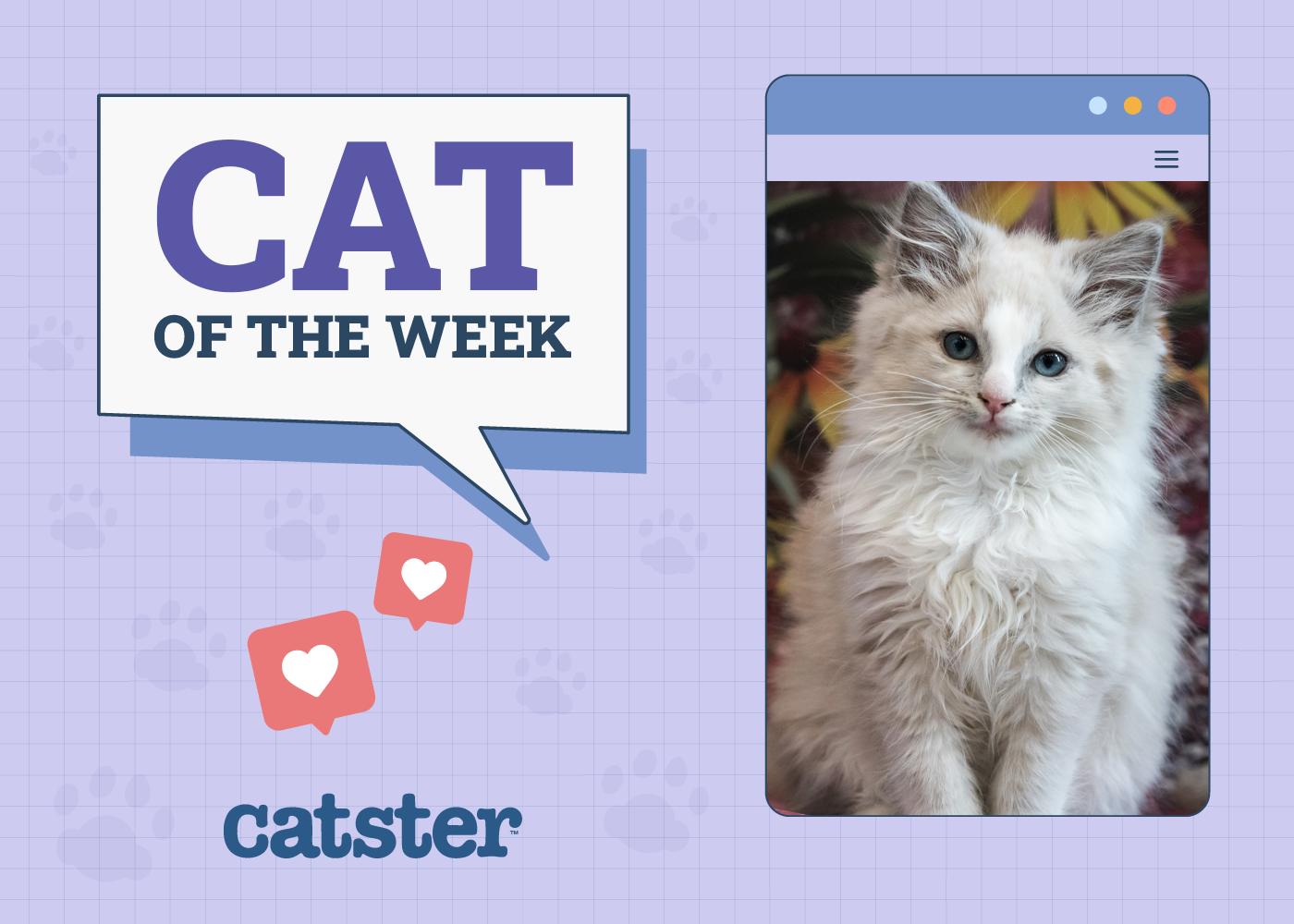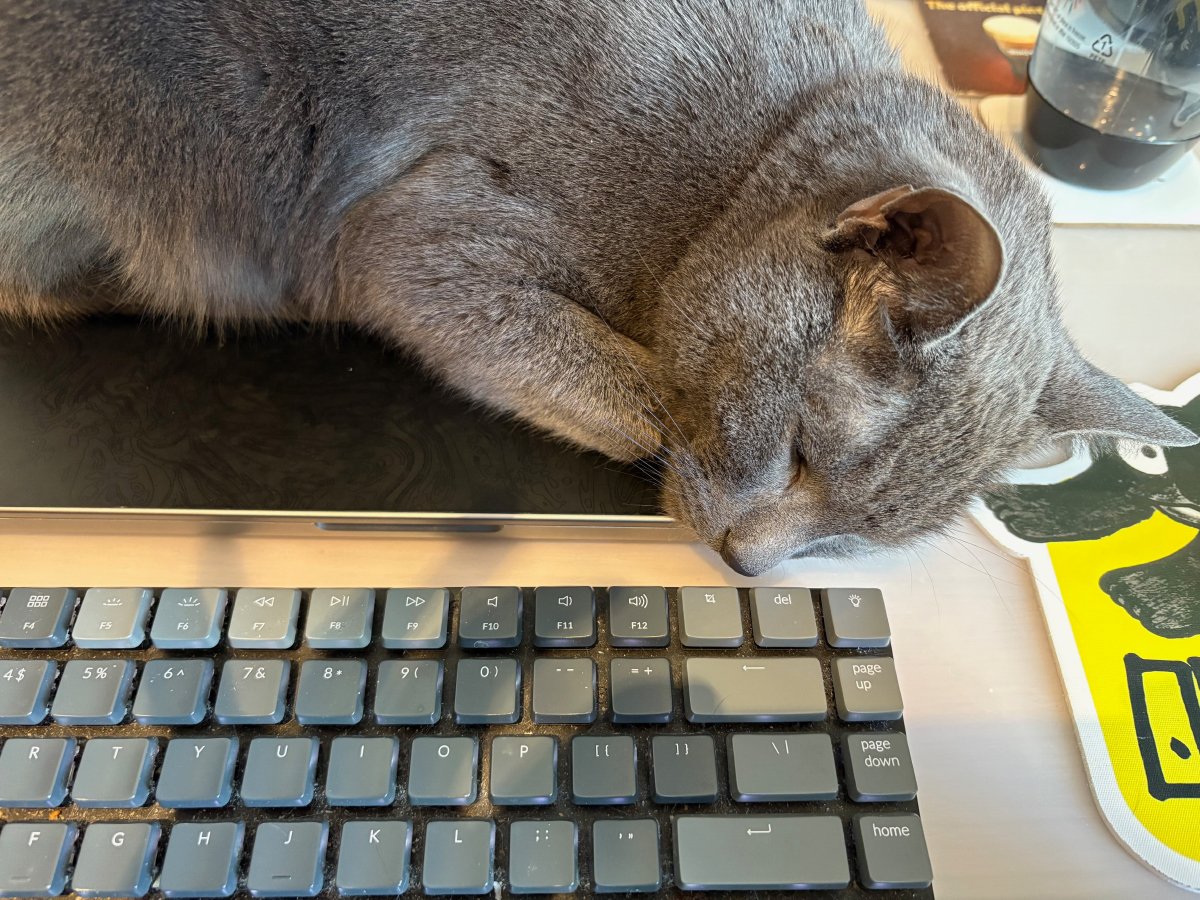Click to Skip Ahead
Though whiskers above the mouth are a standout feature in cat anatomy, whiskers in other areas are less conspicuous. In addition to the area above their mouths, cats have whiskers on their chins, forelegs, around the ears, and above the eyes.
So, if you’ve noticed “eye whiskers,” rest assured that this is completely normal, and these whiskers play an important role in keeping your cat safe and alert. Stay tuned as we explore why cats have whiskers above their eyes and why whiskers are so important.

Why Do Cats Have Whiskers on Their Eyebrows?
Cats have whiskers, scientifically known as vibrissae, above their eyes, which play a key role in helping them navigate their environment. For one thing, whiskers are a cat’s “sensors,” if you will, and make them more aware of their surroundings. In fact, it can be rather surprising to learn just how sensitive a cat’s whiskers are. Let’s explore this in more depth.
Sensory Power
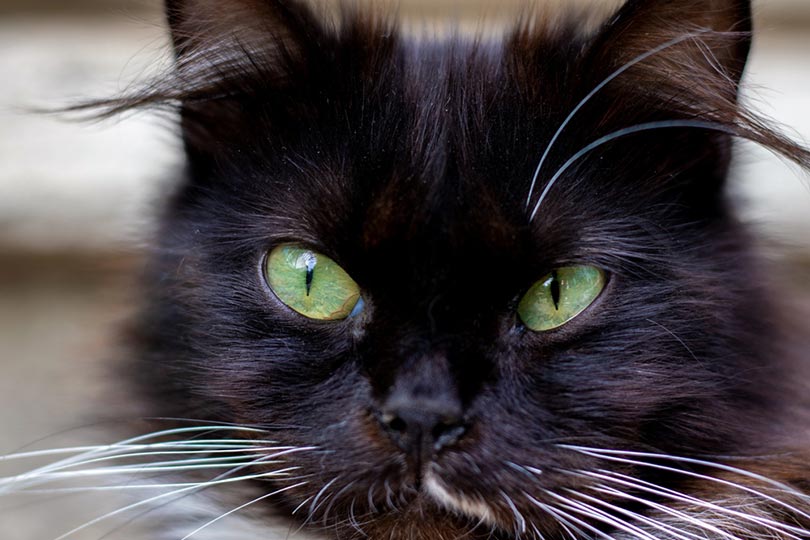
Whiskers—whether they’re on the upper lip, chin, or above the eyes— are essential to a cat’s sense of touch, which, in the wild, alerts the cat to potential predators, prey, and obstacles in their path.
Whiskers vibrate when they come into contact with something or even when air flows over them. The sensory cells beneath the skin on the whisker’s follicles transmit information to the brain about the cat’s surroundings, improving their spatial awareness and helping them steer clear of predators, catch prey, and avoid dangerous obstacles.
Furthermore, cats use their whiskers to evaluate whether or not they’ll be able to fit somewhere—like inside that tatty old cardboard box they so prefer to the expensive cat condo you bought them.
Orientation
The proprioceptor cells inside your cat’s whiskers help keep them aware of their positioning and orientation. This allows the cat to judge their proximity to the ground, which is why cats have such a knack for smooth and graceful landings.
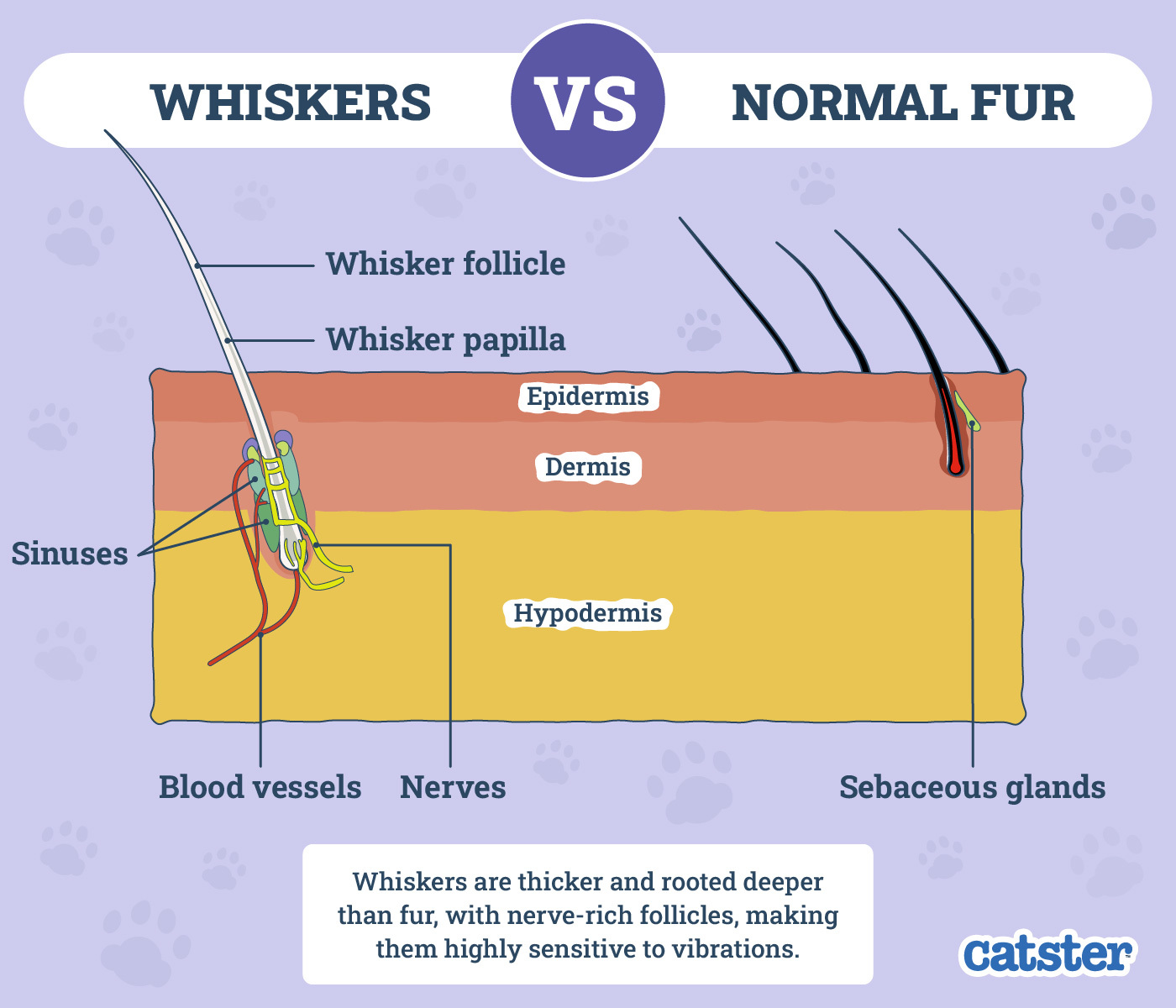
Communication
Since cats can’t communicate like we do, they use body language, facial expressions, vocalizations, and even whisker movements to let us know how they’re feeling. For example, the whiskers will flatten against your cat’s face if they feel afraid or confrontational. Their whisker position is a Feline Grimace Scale (FGS) action unit. The FGS tool helps determine if cats are in acute pain.
On the other hand, when your cat feels chilled out, the whiskers may droop slightly in a relaxed manner, and when they’re feeling curious, they move forward.

Should I Cut My Cat’s Eye Whiskers?

Absolutely not—you should not cut your cat’s whiskers anywhere on their face. Losing their whiskers can be very stressful for cats as it affects their ability to assess their surroundings and interferes with their sense of orientation. This can lead to your cat feeling anxious and unsafe—basically, it’s akin to how you’d feel if you lost your sense of touch.
If you have accidentally trimmed off one of your cat’s whiskers while grooming them, fortunately, whiskers do grow back, but it is something that should be avoided at all costs because of how it affects your cat’s ability to navigate the world.

Final Thoughts
To sum up, cats have whiskers above their eyes because they help them to get a sense of what is going on around them, and seek out important objects (like the food bowl in the case of domesticated cats or prey in the case of wild cats), steer clear of potential threats, and assess whether or not certain places are a go or a no-go. For these reasons, a cat’s whiskers should never be cut or trimmed.
Featured Image Credit: Dimitris Vetsikas, Pixabay

